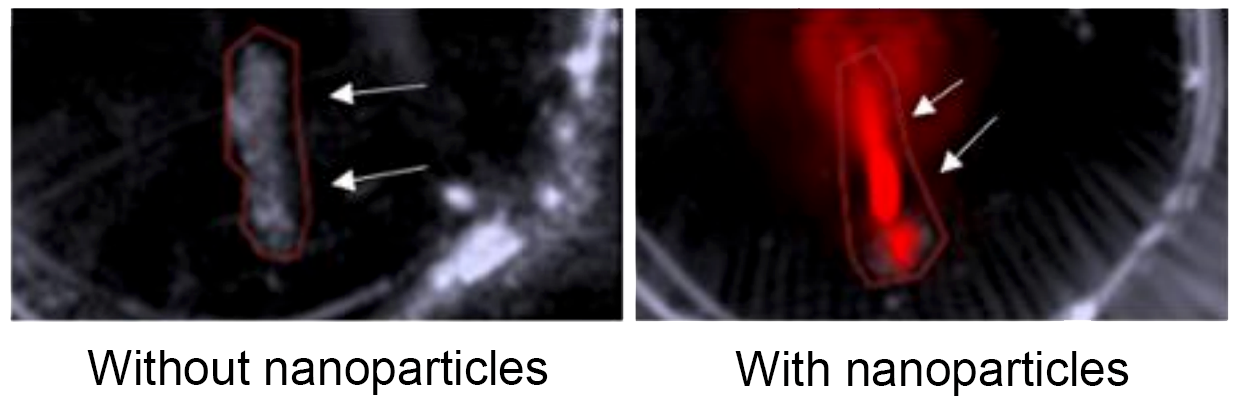
This is promising. It allows plaque to be lit up and may also allow direct delivery of drugs.
Infact it may even become a useful diagnostic tool we need to see what is going on in our circulary system without having to run a tube in.
I also suspect the existence of plaques is an effect of chronic low level scurvy. My own chronic problem completely stabilized with high doses of ascorbic acid.
Noisy nanoparticles sound plaque alarm before heart attack or stroke
August 18, 2021
Researchers have developed nanoparticles that can reveal the presence of atherosclerotic plaques before they trigger heart attacks or strokes
VIEW 2 IMAGES
https://newatlas.com/medical/noisy-nanoparticles-plaques-heart-attacks/
Cardiovascular diseases are the leading cause of death worldwide, but numbers could be reduced with better early warning systems. A new study has outlined just such a system, using nanoparticles that make atherosclerotic plaques emit ultrasound waves.
Plaques can build up in a person’s arteries over the course of their life, but potentially the most dangerous ones are called vulnerable plaques. These can become unstable and have a higher risk of causing sudden health issues like a heart attack or stroke.
Somewhat ironically, the instability of these plaques is believed to be largely caused by immune cells that try to clear them out. Inflammatory immune cells called monocytes respond to irritation in the arterial wall, then turn into macrophages whose job is to “eat” the offending lipids. The build-up of these cells can cause the plaque to rupture, leading to clots that can block blood flow.
So for the new study, researchers at Michigan State University used this gathering of immune cells to their advantage. They highlighted the immune cells – and as such, the plaques – using nanoparticles made of carbon nanotubes.
“The power of our new technique is in its selectivity,” says Bryan Smith, an author of the study. “If you look at a normal blood vessel versus one with a plaque, there’re a lot more macrophages and monocytes in the one with the plaque. And our method is really looking at the monocytes and macrophages. Virtually no other cell type takes up the nanoparticles.”
Once the immune cells have taken up the nanoparticles, the team can shine a laser light into the arteries to look for them. The nanoparticles respond to the light by emitting ultrasound waves, which can then be picked up a transducer, alerting the scientists to the presence of a plaque.
Plaques without nanoparticles (left) are much harder to detect than those with nanoparticles (right)
Advanced Functional Materials
“We shine light into an artery where we’ve delivered certain types of particles that can absorb that light,” says Smith. “As a product of the release of that energy, they can literally shout back at us in ways that we can detect and use to create 3D images.”
The team tested the idea in mice, and found that the nanoparticles allowed the team to identify plaques six times better than the control group. Ideally this could lead to a new way to diagnose plaques before they trigger heart attacks or strokes, giving doctors more time to intervene – after all, the same team has already shown that these nanoparticles could be used to deliver plaque-fighting drugs directly.
The research was published in the journal Advanced Functional Materials.
Source: Michigan State University

No comments:
Post a Comment